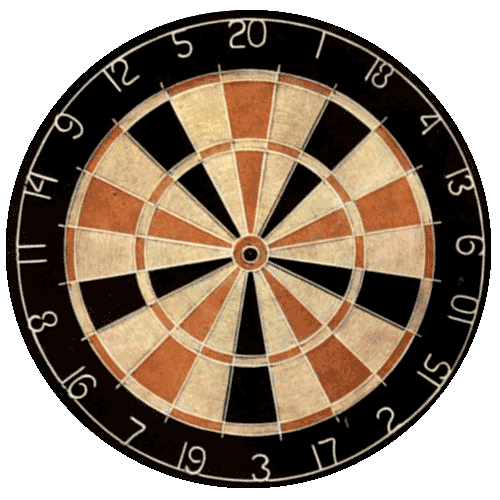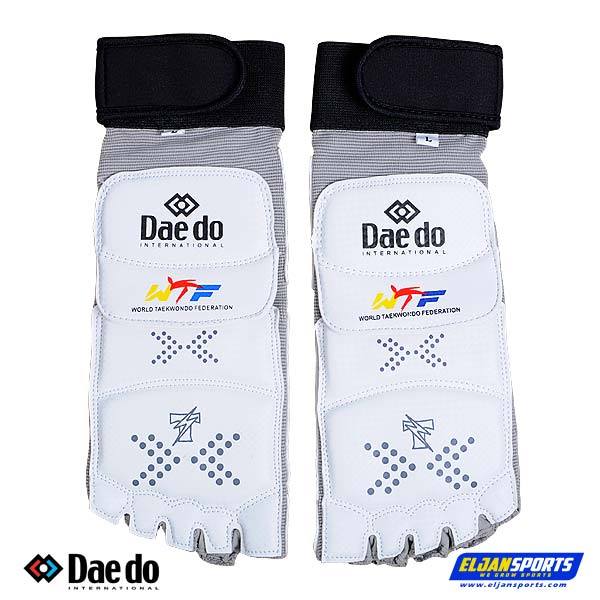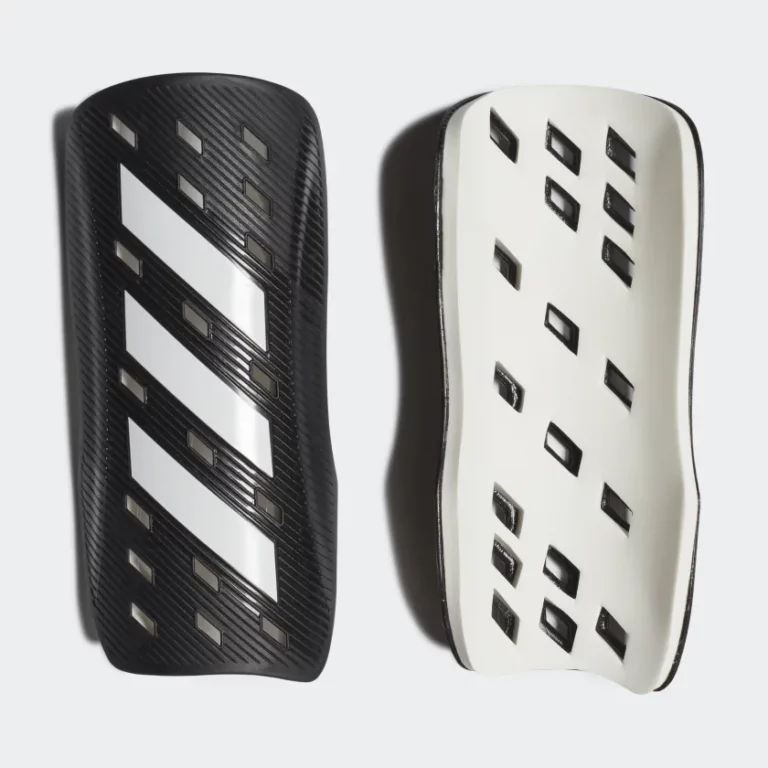A dartboard is a target used in the game of darts. It is a circular board divided into numbered sections and a central bullseye. Here are some key details about dartboards:
Construction: Dartboards are traditionally made of sisal fibers, which are tightly bound together to create a self-healing surface. Sisal dartboards are durable and can withstand repeated dart impacts. However, there are also electronic dartboards available that use soft-tip darts and feature electronic scoring systems.
Numbered Sections: The dartboard is divided into numbered sections, with each section assigned a specific value. The standard dartboard layout consists of 20 numbered sections, ranging from 1 to 20, arranged in a circular pattern. The sections have different colors to aid in distinguishing them.
Bullseye: The center of the dartboard is called the bullseye. It is divided into two sections: the inner bullseye (also known as the double bullseye) and the outer bullseye (or single bullseye). The inner bullseye carries the highest point value on the board, typically double the point value of the outer bullseye.
Wire Dividers: The sections on the dartboard are separated by thin wire dividers that help delineate the scoring areas. The wires are usually made of steel or similar material and are embedded into the board’s surface.
Dimensions: The standard diameter of a dartboard is 18 inches (45.72 centimeters). The bullseye, including both the inner and outer sections, is typically around 1.25 inches (3.18 centimeters) in diameter.
Mounting: Dartboards are usually mounted on a wall or placed in a dartboard cabinet using a bracket or mounting mechanism. The board should be positioned at a height of 5 feet 8 inches (173 centimeters) from the floor to the center of the bullseye.
Dartboards can be used for various game variations and levels of play, from casual games among friends to professional competitions. It’s important to choose a high-quality dartboard that is durable, offers clear visibility of the scoring areas, and has well-embedded wire dividers to reduce bounce-outs.
When selecting a dartboard, consider factors such as the type of darts you’ll be using (steel-tip or soft-tip), the level of play, and any specific requirements or regulations for the games you’ll be playing. It’s also essential to regularly rotate or move the dartboard to distribute the wear evenly and prolong its lifespan.
IMAGE GALLERY

CONTACT US
For details, do any of the following:
- Call or text me at 09460480491
- Message us on Facebook at https://www.facebook.com/rbsublimationsignage/



